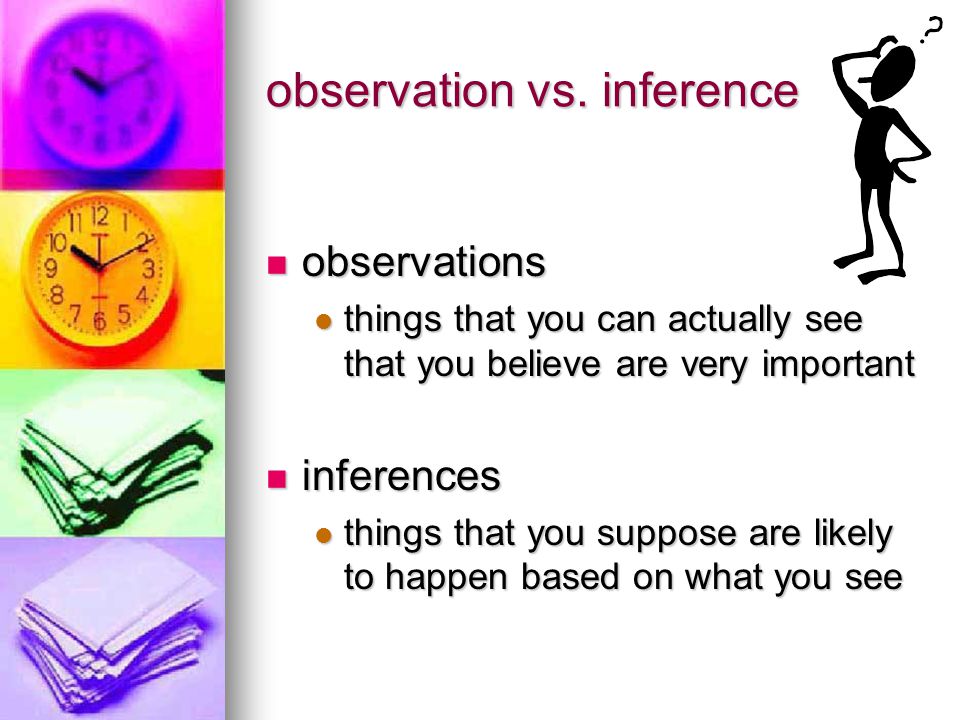
Instruct students to drop their candy in the water and place and observe for one minute. When they are finished, have them predict what would happen if they dropped the m&m into room temperature water (m side face up). You may want to include a ruler for them to gather quantitative data too! Give students an m&m and ask them to make several observations.

This lab can be found in my Observation, Inference and Prediction Lesson. We associate the “O” with object which you can describe with facts.ĭigital Interactive Notebook for Observation, Inference, and Prediction in Science
Subjective – Circle the “S.” We associate the “s” with sad, which is a feeling, or opinion. Qua Ntitative – Circle the “N” in the word. By associating the letter “L” with “ looks” it helps them to remember that qualitative data is based on a characteristic. Qua Litative – I have students circle the “L” in the word. Here are some tricks to help students to remember these difficult vocabulary words: Not everyone thinks it looks like a ball! They respond with the observation, “It looks like a ball.” An easy way to redirect is by asking them to give you an objective observation. What I’ve learned is that using the vocabulary associated with these terms is a really useful way to coach students into making descriptive observations.įor example, you ask the student to observe a marble. I used to skip over these terms, thinking that they really weren’t necessary. Students often get confused with the difference between qualitative and quantitative data and subjective and objective data. When the discussion is finished, tell the students they have one more observation to make – pick up the candle and eat it! Their eyeballs will be poppin’!ĭirect Instruction With Embedded Practice Students will often confuse observations with inferences and will need to be reminded that observations use the five senses to gather information and describe facts. This is a great place to start addressing misconceptions between observation, inference, and predictions. 
Ask students to make observations about the object.Īfter two minutes, blow out the candle and discuss observations as a class. Light the “candle” and place it in the front of the room. Then place a piece of slivered almond at the top to appear as the “wick.” Place a piece of string cheese in a candle holder. The element of surprise at the end is something that your classes will talk about all day!

The “string cheese” candle is a great activity to kick off your lesson.







 0 kommentar(er)
0 kommentar(er)
